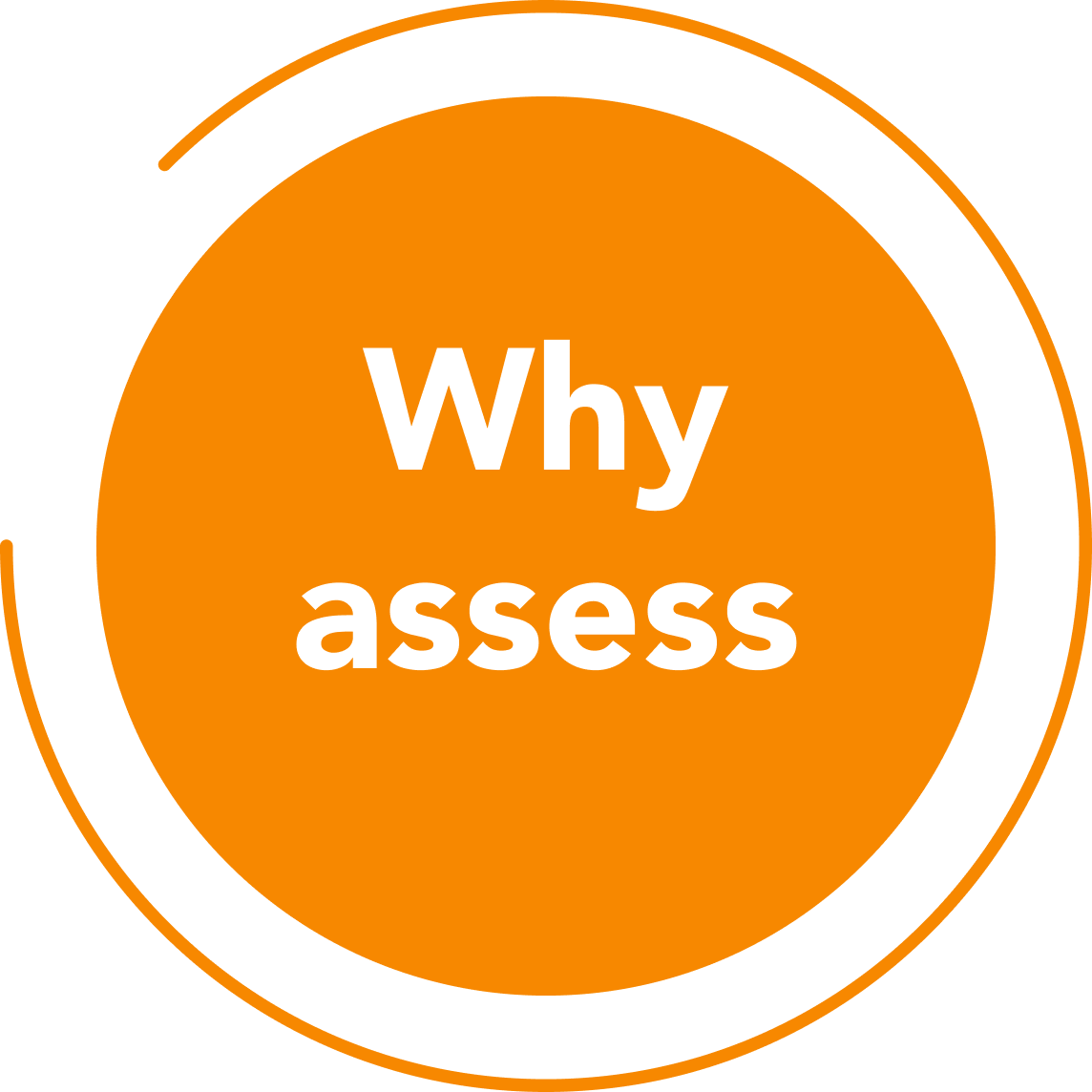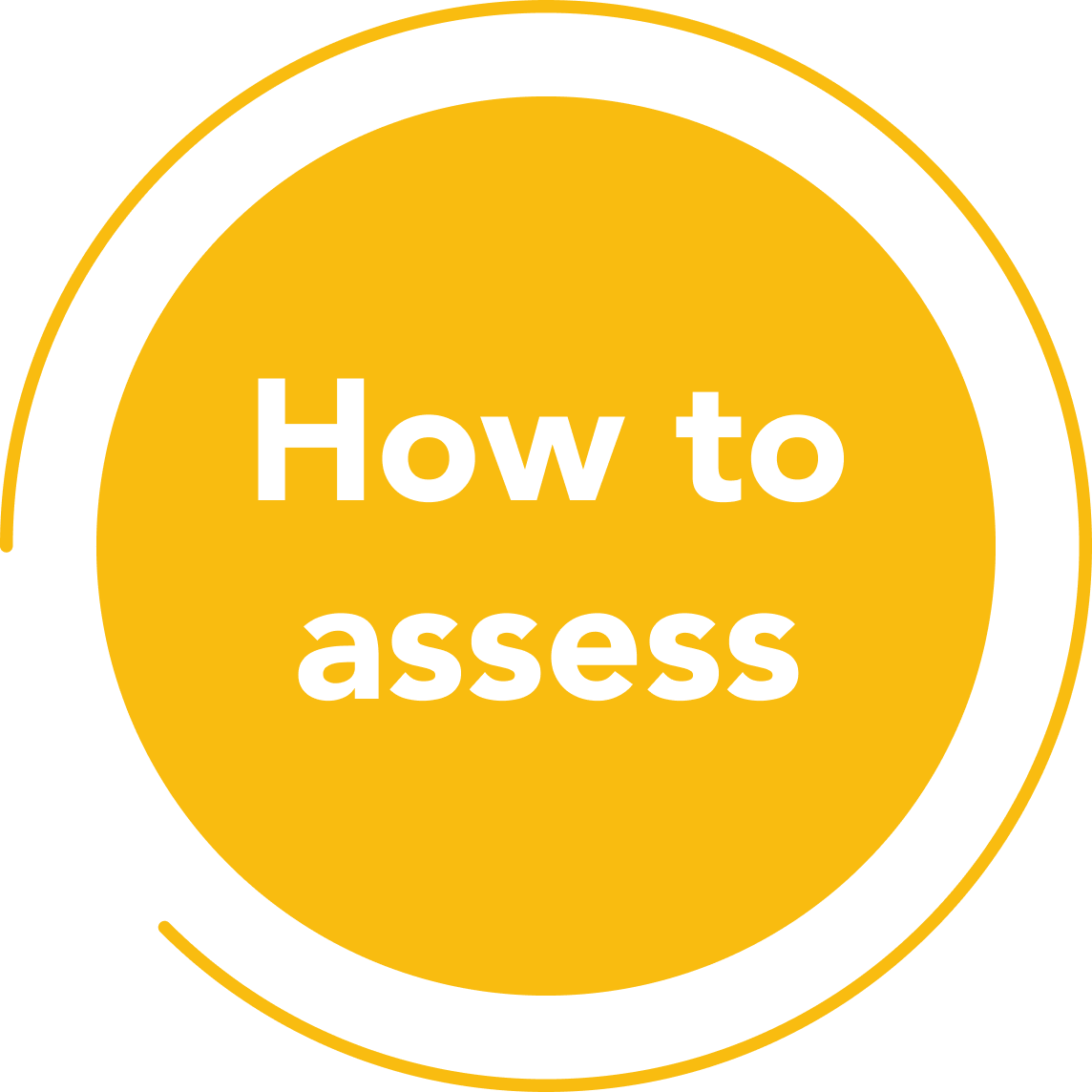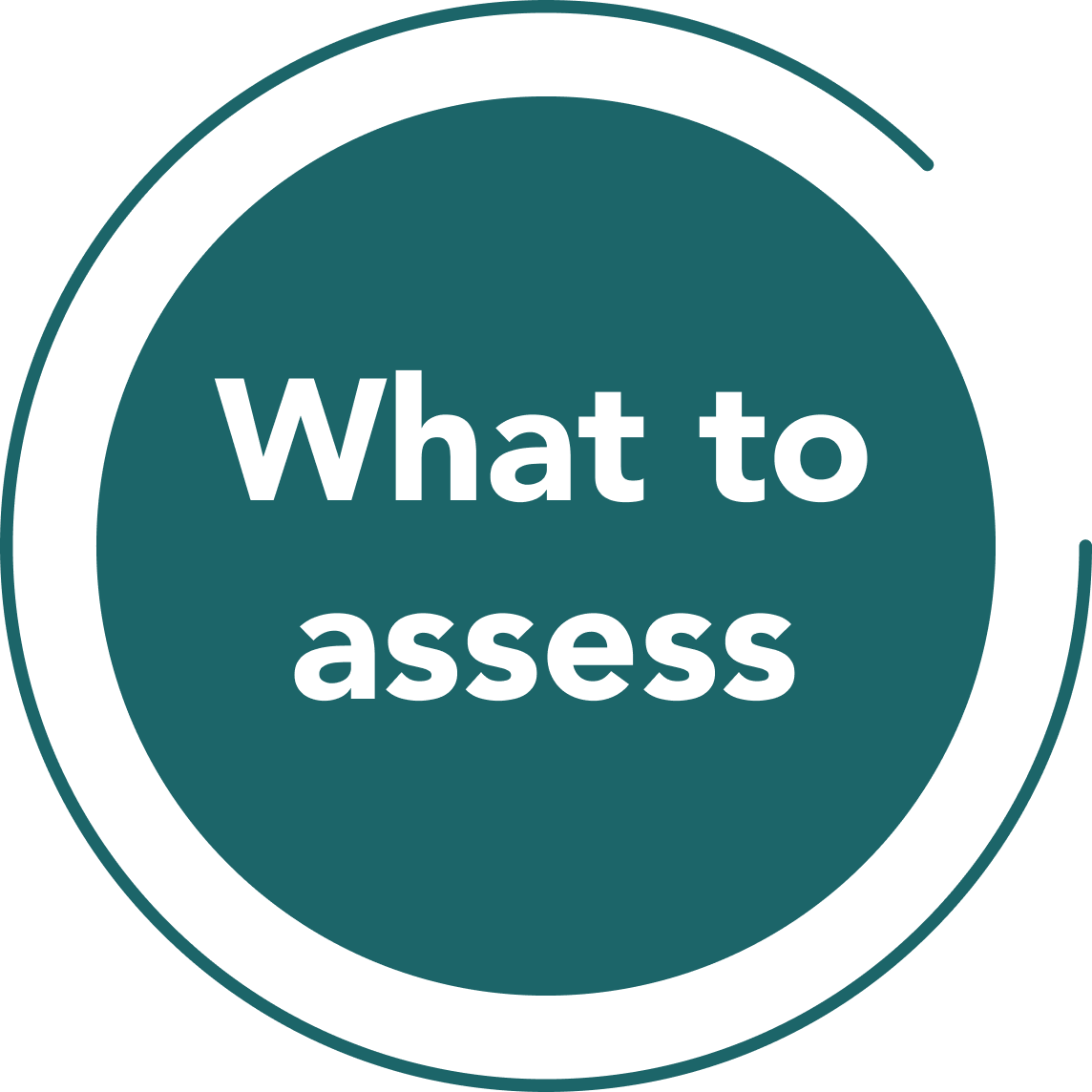Assessment is an intrinsic part of students’ learning process. From the student point of view, assessment defines the actual curriculum. It directs attention to what is important; acts as an incentive for study, and steers student’s learning behavior.
It is good practice to include a sufficient range and variety of assessment activities in the course design that not only comprise the grading elements that summarize students’ achievements and standards, but also incorporate the learning elements that allow students to understand what they can do now and what they might be able to do in the future.
- Large Teaching & Learning Innovation Projects (L-TLIP)
- Blended Learning & MOOC Blended Learning & MOOC
- Teaching and Learning Innovation Projects Teaching and Learning Innovation Projects
- Education and Generative AI Fund Education and Generative AI Fund
- UGC's Strategic Grants
- The Academy of Education Excellence (AEE) The Academy of Education Excellence (AEE)
- HKUST eLearning Strategy
- eLearning Workshops
- New Faculty Program New Faculty Program
- Our Strategic Alliances
- Generative AI & Education Generative AI & Education
- Augmented and Virtual Reality
- Blended Learning Blended Learning
- Graduate Teaching Assistant Program Graduate Teaching Assistant Program
- Experiential Learning
- Teaching and Learning Symposium
- Gamification & Game-based Learning
- Seminars & Workshops
- MOOC MOOC
- Learner-centered Course Design Learner-centered Course Design
- Online Teaching - Real-time Online
- Online Teaching - Mixed Mode Teaching
- People
- News
- Contact Us
- Institutional Learning Technologies
- Active Learning Tools and Proposed Usage
Assessment: Why, When and What to assess
As a faculty member, it is crucial to understand the three Ws of assessment: Why, When and What.

Asking “why assess my students?” is the starting point and prerequisite of an effective assessment task design. Assessment happens not simply because there is a need for grading students, but the key purpose is to improve students’ learning by providing feedback.

It’s important to choose appropriate assessment methods that can assess how well students have achieved the course intended learning outcomes. It is also important to assess students during the course, and not at the end, so that they have a chance to improve.

The content of assessment tasks should be aligned with the intended learning outcomes (ILOs). From the student point of view, students learn what theythink they will be tested on and assessment may determine how students learn more than the curriculum does. (Biggs, 2007). Thus, itis important to construct assessment tasks which are aligned with what students should be learning (i.e. ILO).

